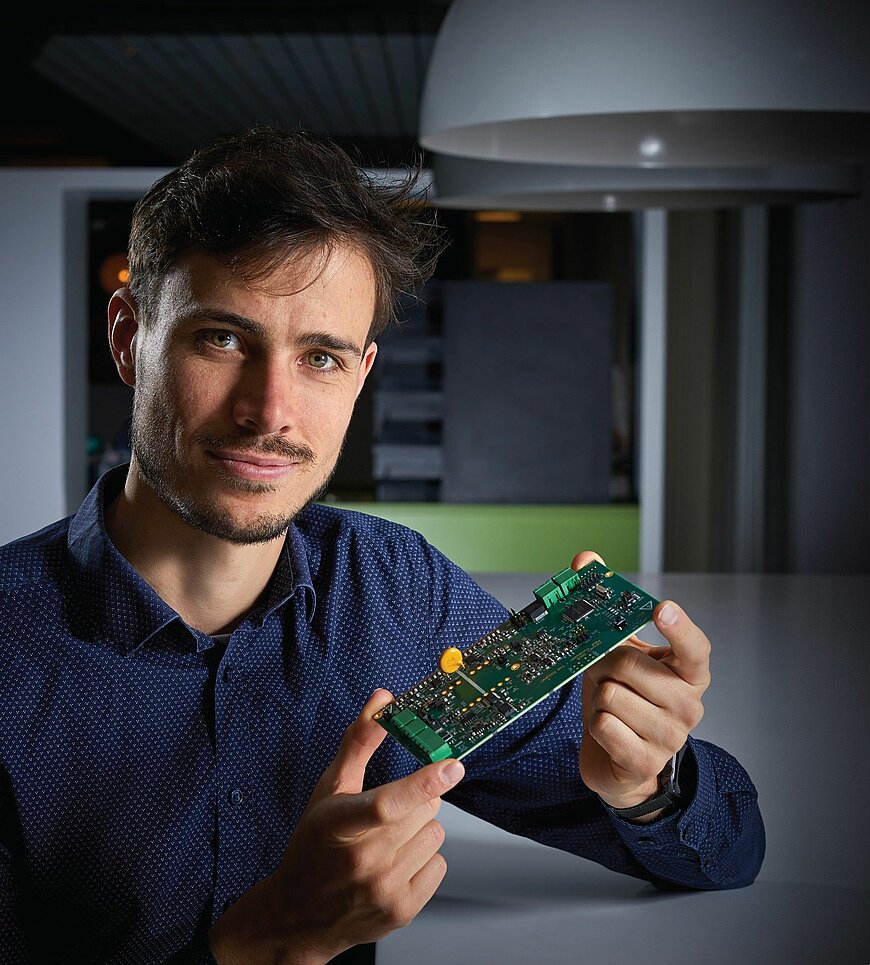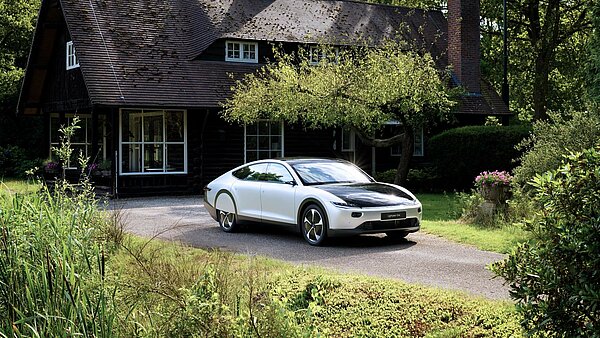The Dutch Tesla

What do you do after you win the World Solar Challenge as students with a self-built solar pow-ered family car? You start your own car company of course! That is what the team of Lightyear must have thought when they began their start-up.

With the Lightyear One, the company is producing a solar powered family car that can travel 800km on a full battery. While your car is parked, it is charging, thanks to the sun. In a country as cloudy as The Netherlands, you can travel about 8,000km for free every year, while in sunny California, that could be as much as 15,000km.
The Lightyear One will manage the large range by being as efficient as possible. The car has broken the record for the most aerodynamic production car, and width a weight of 1250kg, is a lot lighter than an entry level Tesla Model S, that weighs 2100kg.
CEO Lex Hoefsloot says the Lightyear One is more than a car with solar panels on the roof: “The car becomes an independent entity because the energy source is integrated into the car itself. To make the concept technically feasible, the car needs to be incredibly efficient. This requires redesigning the chassis, powertrain, and aerodynamics. That is why we have developed an entirely native solar electric platform in recent years. This platform enables us to achieve energy efficiency that is up to 3x higher than the current EVs on the market.”
"This platform enables us to achieve energy efficiency that is up to 3x higher than the current EVs on the market.”
Lex Hoefsloot, CEO Lightyear
In a brand-new factory hall on the Automotive Campus in Helmond, the production of the first Lightyear One will take place. The first production models should be delivered to customers by the end of 2020. The exact specifications of the car are not yet fully known.